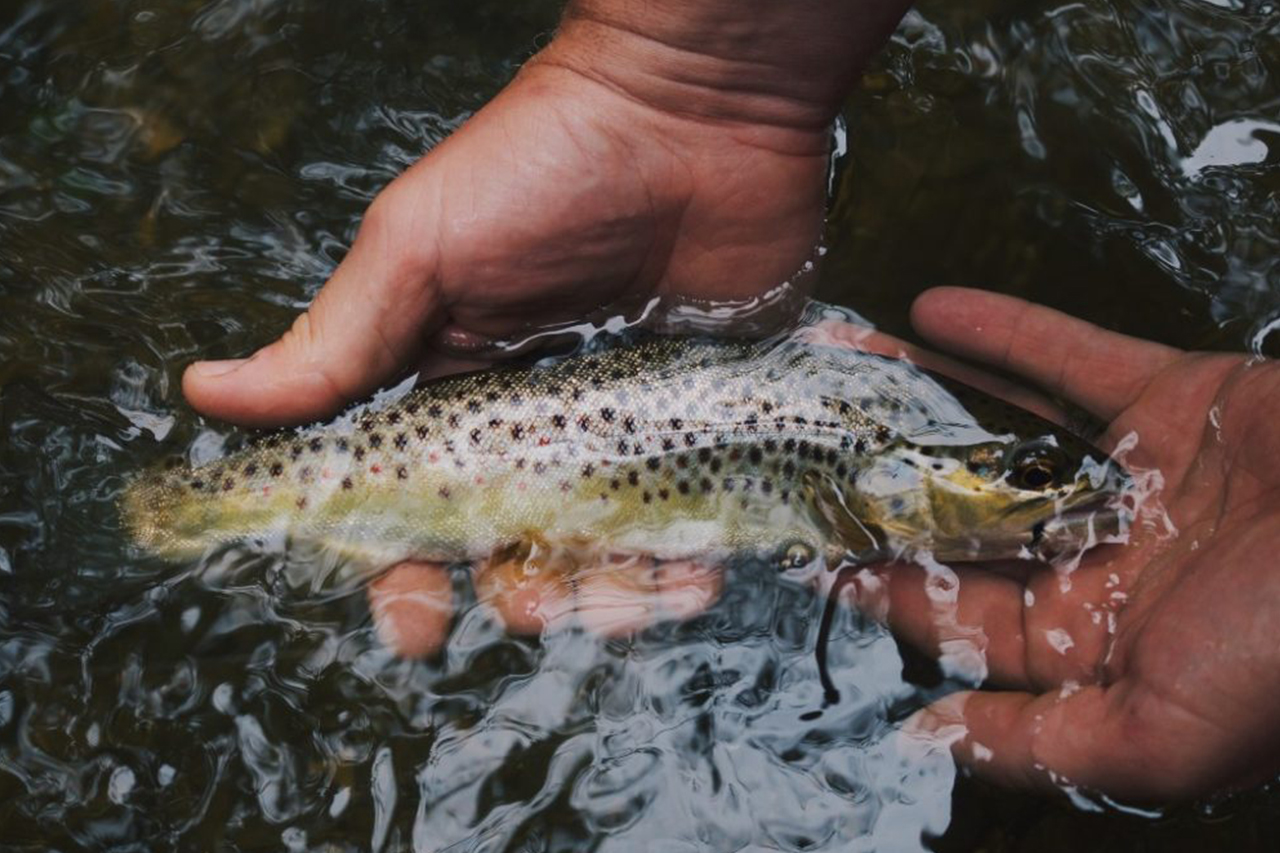Trophies & Price List
Our daily rates and trophy fees for the 2020 hunting seasons.
All prices are quoted in United States Dollar. Prices include all applicable local taxes and permit fees.
DAILY RATES
1×1 – One Hunter with One PH
Observer / Non-Hunter
Pre and Post Safari Nights
-
If your flight arrives after 11am, or if you need to spend a night after the safari before departing for home. These nights will be spent at a Guest House. The $200 includes a pickup and drop-off at the airport by one of our staff as well as all meals and drinks (within reason) enjoyed at the guest house.
$ 425
$ 325
$ 200
RATES INCLUDE:
- Full Board (Meals & Accommodation)
- Laundry Service
- Beverages (bottled water, soft drinks, tea & coffee)
- Alcohol in moderation (local beers, house wines & spirits)
- All Land Transportation
- Services of Lodge Personnel
- Services of a Licenses Professional Hunter
- Services of Trained trackers and skinners
- Field preparation of Trophies
- All permit fees
RATES EXCLUDE:
- All expenses before and after the contracted hunting dates
- International and Domestic Air Travel
- Travel Insurance
- Firearm & Ammunition Rental
- Taxidermist cost
Trophy Images & Fees
Scroll your mouse / finger over the image to see what the animal would look like as a hunting trophy if available.
You can also click on the image / “READ MORE” for more in-depth information regarding the animal
& see more hunting trophies.
DANGEROUS GAME
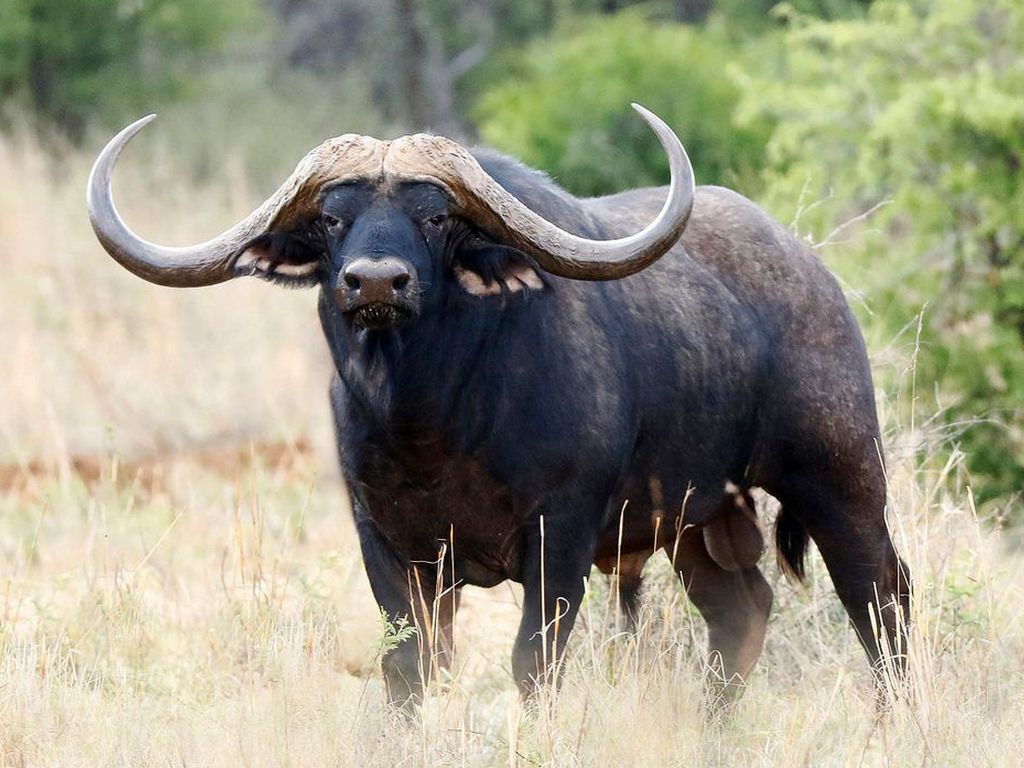
BUFFALO
The formidable Cape (or African) buffalo is the most sought-after member of Africa’s infamous Big Five. Imposing and unpredictable, hunting one of these behemoths is sure to be an exhilarating experience.
READ MORE >>

CROCODILE
A truly unique trophy to add to your collection, the prehistoric-looking Nile crocodile is best hunted from a blind while he’s out on a riverbank. Prices vary greatly according to size. A trophy croc can reach around 15 feet.
READ MORE >>

ELEPHANT
On Request
Hunting the world’s largest land mammal is sure to get the adrenalin pumping. The largest rifle that you feel comfortable shooting is essential here, as a misplaced shot on this grey giant could spell serious trouble.

HIPPOPOTAMUS
On Request
Responsible for an extraordinary number of human fatalities on the continent, tread lightly when hunting the imposing hippopotamus. Hippo hunts are typically conducted at night, when they leave the water to feed.
READ MORE >>

LEOPARD
On Request
The leopard is the most elusive dangerous game species to hunt and requires serious patience. Expect a lot of time spent in the blind – likely in the dead of night – but this is an incomparably rewarding hunting experience if successful.

LION / LIONESS
On Request
Pursuing the legendary king of the bushveld makes for an exceedingly electrifying hunt. Our lion hunts are generally conducted in the primordial wilderness of the Kalahari in South Africa, with a significant of walking required.

RHINO
On Request
Two species of rhino may be trophy hunted: the white and the black. The trophy hunting of black rhino and white rhino in Namibia and South Africa is legal under certain conditions. The Convention on International Trade in Endangered Species (CITIES) approved quota applications by Namibia and South Africa, and also regulates the exportation of trophies.
PLAINS GAME

BLESBUCK – COMMON
On Request
The common blesbok is endemic to South Africa and is one of the country’s most popular plains game species to pursue. While they can be hunted in most areas, they’re plentiful on the plains of the Free State.
READ MORE >>

BLESBUCK – WHITE
On Request
The white blesbok is starkly pale in colour as a result of a gene mutation, which makes it a ‘morph’ species rather than a subspecies. You’ll find it in the same areas as the common blesbok, and the same rules apply.

BONTEBOK
On Request
The uniquely colorful bontebok was once nearly wiped out in South Africa. With substantial numbers now thriving on game farms and in national parks, this handsome plains game animal makes for a striking trophy.

BUSHBUCK
On Request
The handsome bushbuck can make for a surprisingly aggressive and elusive quarry. You’ll usually pursue the smallest member of the spiral-horned antelope family in dense riverine forest or where he hides in thickets.
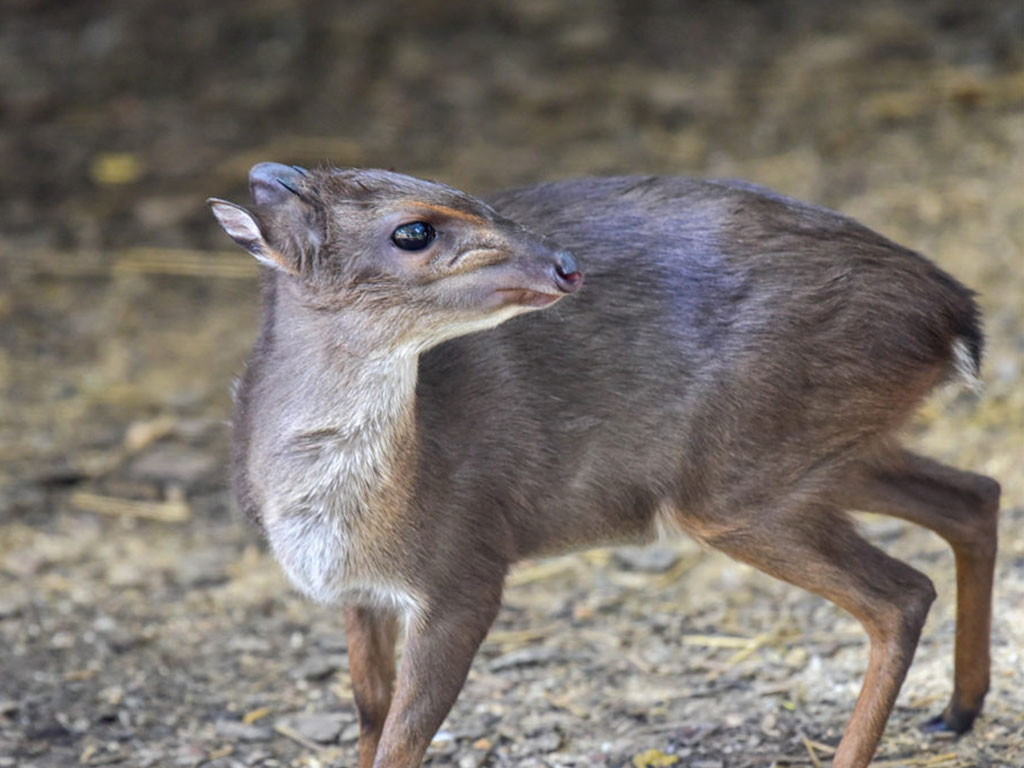
DUIKER – BLUE
On Request
The tiny blue duiker makes for a very unusual trophy. He is the smallest member of the duiker family and one of Africa’s tiniest antelope species. The hunt can be quite challenging, as they often hide in dense undergrowth.

DUIKER – GREY (COMMON)
On Request
The grey or common duiker is a shy, small species of antelope that is usually encountered on his own. The rather solitary antelope is mostly active in the late afternoon and early evening, when he ventures out to browse.

DUIKER – RED
On Request
This attractive mini-antelope species clocks somewhere in size between its blue and grey cousins. You’ll pursue the secretive red duiker in dense forest, coastal bush or mountain slopes with thick brush.

ELAND (CAPE)
On Request
The Cape eland is the largest of Southern Africa’s antelope species. This ox-like animal makes for a very impressive addition to any trophy collection, occasionally weighing in at over 200 pounds.
READ MORE >>

ELAND (LIVINGSTONE)
On Request
The Livingstone eland is similarly impressive to his Cape cousin, with white stripes across his back and impressive horns. The Livingstone eland is usually hunted in Zimbabwe or the Caprivi in Namibia.

FALLOW DEER 900
On Request
This European import can also be hunted in South Africa. Exclusively a grazer, the fallow deer adapts easily to most habitats and can therefore be hunted in various hunting areas, from the mountainous to open plains.

GEMSBUCK
On Request
The stately gemsbuck is synonymous with the Kalahari Desert and known for its remarkable ability to adapt to harsh, arid environments. Its masked face and striking spear-like horns make it a spectacular trophy animal.
READ MORE >>

GIRAFFE
On Request
The world’s tallest land mammal makes for a very unique hunting experience, and an awe-inspiring trophy you’ll be indelibly proud of. The giraffe’s keen senses and formidable legs augment an already-challenging hunt.

GRYSBOK – CAPE
On Request
The Cape Grysbok is a small, shy antelope with thick-set body and a course coat of hair. Only males have horns. The Cape Grysbok is endemic to the Western Cape region of South Africa. Its native habitat is the Cape Floristic Region and inhabits thick shrubland. They can be hunted at daybreak along the edges of dense vegetation, but it is important for the hunter to be in position before light starts breaking.

GRYSBOK – SHARPE’S
On Request
The Sharpe’s Grysbok is a small, shy, solitary antelope found in rocky hill country areas, but they prefer fertile zones on the lower slopes. They can be found in the northern part of South Africa, and are mostly hunted at night.

HARTEBEEST – LICHTENSTEIN
On Request
The Lichtenstein Hartebeest is a subspecies of the hartebeest antelope. The true difference between the subspecies can be found in their horns. The Red Hartebeest horns are Z-shaped, the Lichtenstein’s are S-shaped.

HARTEBEEST - RED
On Request
The unique-looking red hartebeest is known as the ‘Harley Davidson’ amongst hunters, due to the strange shape of its horns and elongated face. This is a startlingly swift – but perhaps fatally inquisitive – antelope.

IMPALA
On Request
The impala is the South African hunter’s bread-and-butter, and a great introduction to hunting in the African bushveld. They occur in abundance across the country and make for great game meat as well.
READ MORE >>
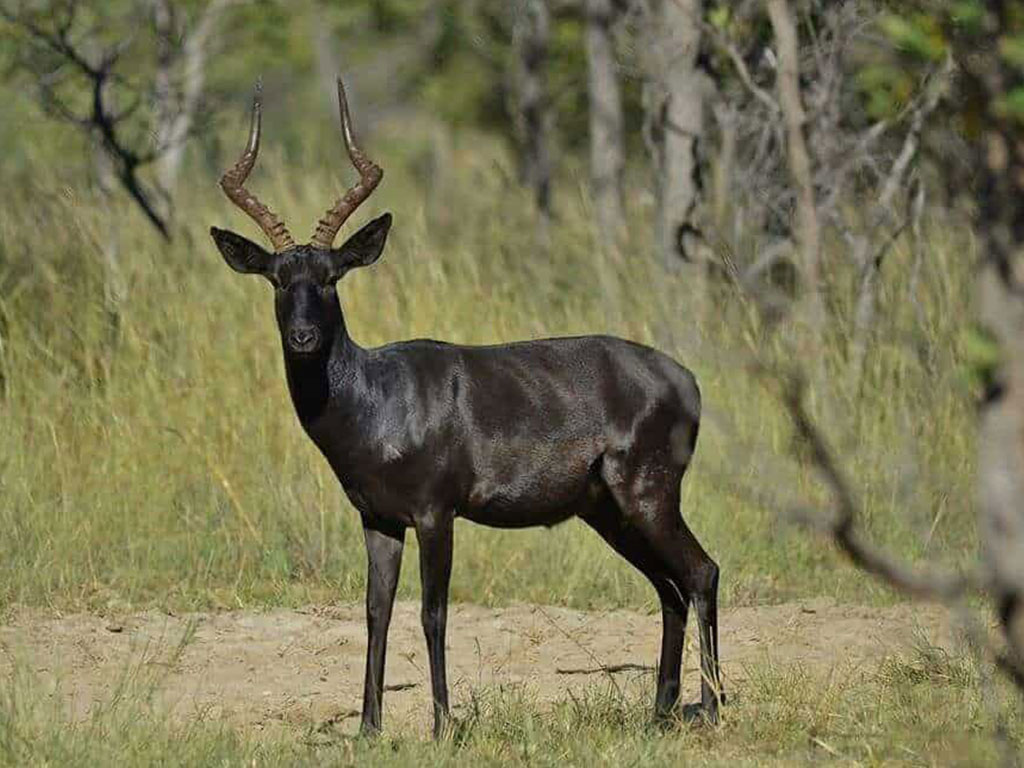
IMPALA - BLACK
On Request
The normal Impala is red brown in colour with a white belly but the Black Impala is completely black. Sides and shoulders are a slightly lighter shade of black. A recessive gene, similar to what you find in the white tiger of India, the king cheetah and the white lion of Africa cause the black coloration.

KLIPSPRINGER
On Request
The klipspringer is an attractive little antelope aptly named for its rather riveting ability to ‘spring’ from rock to rock. You’ll typically pursue the klipspringer in areas with rocky or mountainous terrain.

KUDU
On Request
The greater kudu is a large species of antelope that is sought-after by local and international hunters alike. Its spectacular spiral horns and handsome ‘body paint’ make it an incomparably striking trophy.
READ MORE >>

LECHWE – RED
On Request
The red lechwe is one of the more unique antelope species available for hunting. Though usually found on the floodplains of Botswana and northern Namibia, ranching has made it available for pursuit in South Africa.

NYALA
On Request
The nyala is more elusive than its spiral-horned cousin the kudu, which will require some patience and grit from its pursuer. Once you have him, however, he’ll likely be the most beautiful trophy in your collection.

ORIBI
On Request
The little oribi is slightly larger than the steenbok, but far less common. It’s typically only on the lists of the most serious African trophy hunters, looking to augment their collection with something special.
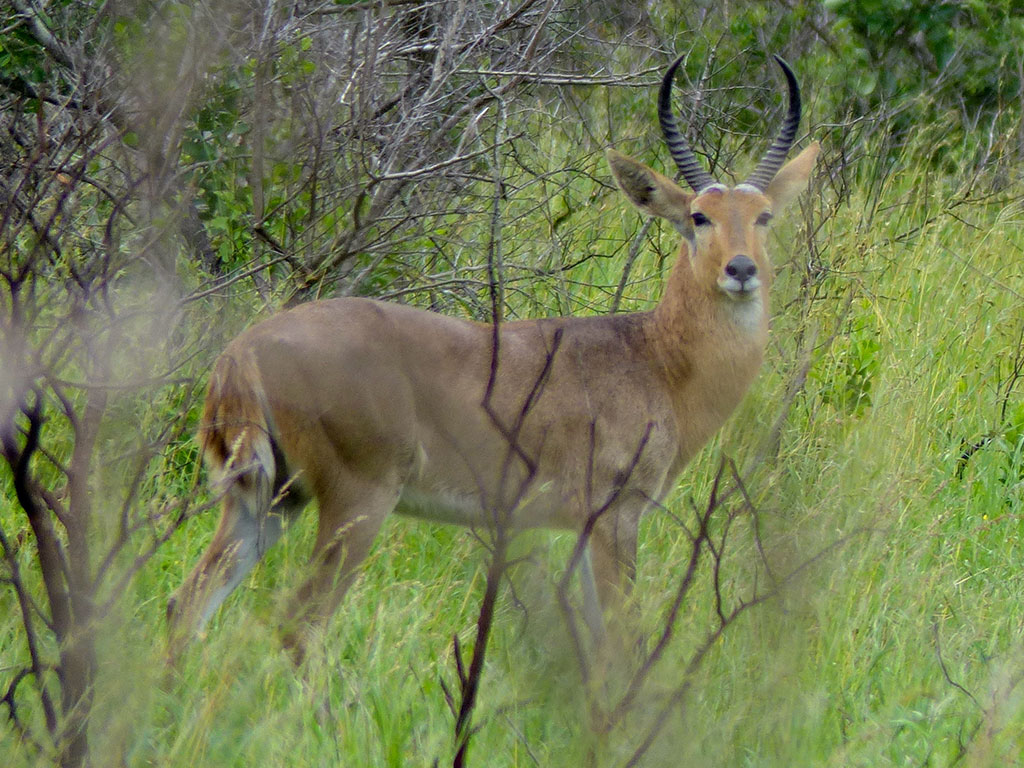
REEDBUCK – COMMON
On Request
The common reedbuck is usually hunted in areas with floodplains, like the Eastern Cape and the eastern Free State. This stately plains game species is very fond of water and often encountered near waterholes.

REEDBUCK – MOUNTAIN
On Request
The mountain reedbuck offers a very challenging yet rewarding hunting experience. Some climbing is required, and a keen eye, as they rarely come out into the open. The Eastern Cape is prime mountain reedbuck territory.

RHEBUCK – GREY
On Request
The grey rhebuck is usually pursued by serious hunters looking for something unique to add to their collection. He prefers mountainous areas, and his straight, upright horns distinguish him from the similar-looking reedbuck.

ROAN ANTELOPE
On Request
Second in size only to the eland, the roan antelope is a rare and much-desired trophy animal that is now more widespread as a result of ranching. You’ll find him in open, grassy areas ideal for grazing.

SABLE ANTELOPE
On Request
The sable antelope is striking because of its stark black and white coloring and stunning backward-curving horns. He makes for an aggressive quarry, but a trophy that may just become your favorite in your collection.
READ MORE >>

SPRINGBUCK – BLACK
On Request
The unique-looking black springbuck is actually a ‘morph’ species of the common springbok, appearing darker in colour due to a gene mutation. You’ll find him on the same open plains and arid areas as his ‘common’ cousin.

SPRINGBUCK – COMMON
On Request
The sprightly springbuck is South Africa’s national animal and high on the list for many avid plains game hunters. It occurs commonly on game farms in the eastern Free State, where the land is grassy and open.

SPRINGBUCK – KALAHARI
On Request
Kalahari Springbok look like common but are about fifty percent larger and lighter in colour than a common Springbok, a few occur here in our area.

SPRINGBUCK – COPPER
On Request
Similar to a common springbuck, but a copper or caramel colour replaces the white found on the belly of the common springbuck and below the side stripes. The skin fold on the back is usually closed but when the animal becomes excited, it opens, fanning a length of stiff dark hair.
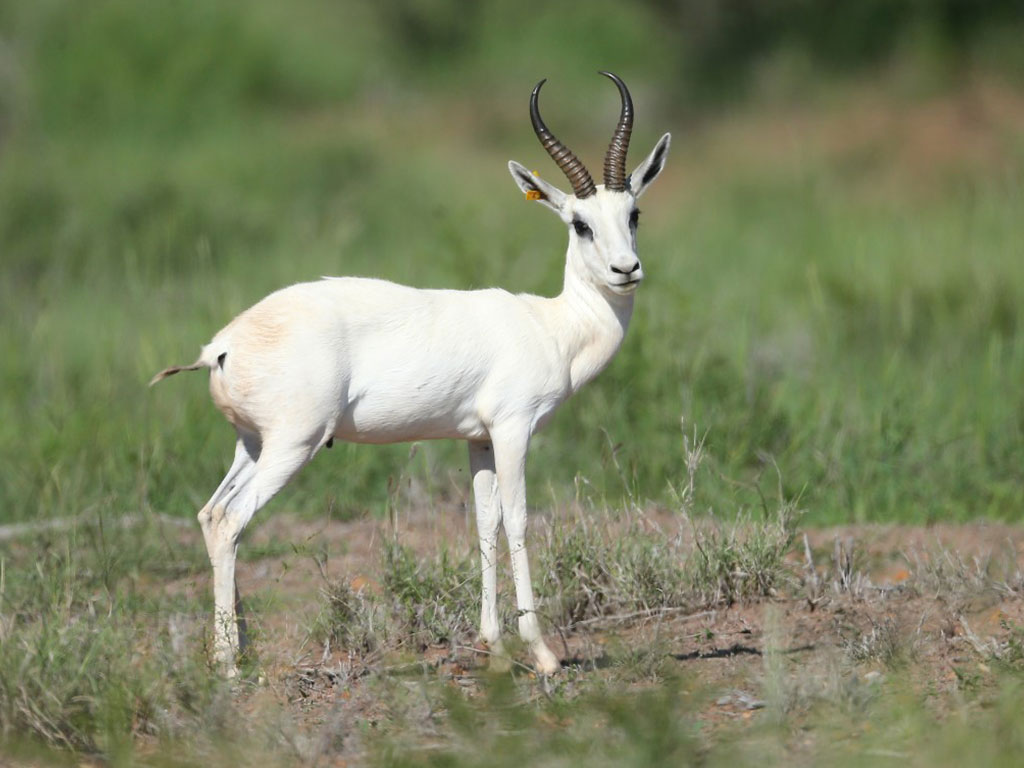
SPRINGBUCK – WHITE
On Request
The white springbuck offers an interesting colour variation on the common springbok – an attractive and truly unique addition to the trophy room. He is pursued in the same manner and same areas as the common springbuck .

STEENBUCK
On Request
The tiny steenbuck is a sought-after member of the ‘Little Five’ antelope species and makes a great full mount trophy. They are extremely cautious with keen senses – and you’ll need to be light on your feet during the hunt.

SUNI
On Request
The beautiful little Suni lives in dense underbrush in the south-eastern parts of Africa. Hunting Suni is best done along game trails, which they frequently use. Hunters can take advantage of the animal’s very wary nature, which causes him to freeze for a long period of time before finally running off.

TSESSEBE
On Request
The tsessbe is one of the continent’s fastest antelopes, and decidedly strange-looking. Despite his speed, he is also inquisitive – his moment of hesitation before taking flight is the perfect moment to take your shot.

WARTHOG
On Request
Warthogs are very popular amongst hunters and are typically pursued in the lowveld region. Its razor-sharp upper tusks are considered for trophy assessment, and its these weapons that make him formidable in the field.

WATERBUCK
On Request
The waterbuck, with his luxurious shaggy coat, white-circled rump and forward-facing horns, makes for a truly beautiful trophy. You’ll never hunt this large antelope species far from a water source or floodplain.

WILDEBEEST – BLACK
On Request
The black wildebeest (or white-tailed gnu) is considerably rarer than his blue cousin and occurs naturally only in South Africa. He is usually hunted on the rolling open plains of the Free State or Eastern Cape province.

WILDEBEEST – BLUE
On Request
The bizarre-looking blue wildebeest makes for a fantastic addition to any trophy collection. The ‘poor man’s buffalo’ is also inherently associated with the African continent and offers a rewarding hunting experience.
READ MORE >>

WILDEBEEST – GOLDEN
On Request
An exotic colour variation of the wildebeest family, the golden wildebeest is a beautiful animal – the unusually light-coloured skin add to the strange ugly-to-the-point-of-beautiful attractiveness of the wildebeest.

ZEBRA – BURCHELL’S
On Request
The common or Burchell’s zebra is another popular plains game pursuit. You’ll find him in the grasslands or wooded savanna. Males and females are often difficult to distinguish – rely on your PH to be sure.
READ MORE >>

ZEBRA – MOUNTAIN
On Request
The mountain zebra is the Burchell’s less common cousin. It is distinguished by its lack of shadow stripes and bare white belly. He is most commonly pursued in the Eastern Cape province of South Africa and in neighboring Namibia.
NOCTURNAL SPECIES

AFRICAN CIVET
On Request
The African civet is primarily nocturnal and spends the day sleeping in dense vegetation, but wakes up at sunset. African Civets live both in the forest and in open country, but they seem to require a covering of tall grasses or thicket to provide safety in the daytime.

AFRICAN WILD CAT
On Request
The African wildcat is similar to a house cat in appearance but is a distinct species of wild cat that inhabits much of Africa. They are mostly hunted at night with the use of a spotlight as they are mostly nocturnal hunters and can be found in grassy fields searching for mice and other prey.

BUSHPIG
On Request
Hunting the bush pig is akin to pursuing the European wild boar. Bad-tempered and hostile, the bush pig is typically hunted after dark when he is most active. Be wary of his short (but razor sharp) tusks.

CARACAL
On Request
Caracals are often hunted with dogs in the Eastern Cape or from a blind, making for a unique and exciting nocturnal pursuit. This shy, lynx-like cat has a beautiful pelt and makes for a handsome full mount trophy or skin.

GENET - SMALL / LARGE SPOTTED
On Request
The Genet belongs to the family Viverrids, along with Mongoose and Civet Cat. They are hunted at night, using night sights or artificial light. Hunting over bait is also an option. They can be hunted along with our other nocturnal species to make a great nocturnal trophy collection.

HONEY BADGER
On Request
The honey badger, also known as the ratel, is a mammal widely distributed in Africa. Despite its name, the honey badger does not closely resemble other badger species; instead, it bears more anatomical similarities to weasels.

HYENA – BROWN
On Request
The rarest of the hyena family, it makes a fabulous addition to a hunter’s trophy room.
Normally hunted by baiting. Special permits required.

HYENA – SPOTTED
On Request
These hunts have become very popular latterly because of the mystery surrounding these predators. Normally hunted by baiting. Special permits required.

SCRUB HARE
On Request
Usually hunted opportunistically while looking for other animals.

SERVAL
On Request
Being most active during twilight, hunting can be done during the day as well as at night.
Special permits required.

SPRINGHARE
On Request
Usually hunted opportunistically while looking for other animals. While on a Nocturnal Species hunt, you might get the opportunity to add a Springhare to the list.
SPECIALITY SPECIES

AARDWOLF
On Request
A speciality animal collector’s pursuit.
Special permits are required.

CHACMA BABOON
On Request
The Chacma baboon, is, like all other baboons, from the Old World monkey family. It is one of the largest of all monkeys. Located primarily in Southern Africa.
READ MORE >>

JACKAL – BLACK-BACKED
On Request
Jackals are mostly considered animals of opportunity. If we come across them and the farmers consider them vermin, we will not request you to pay if we do not have to pay for them. Hunting jackal can provide an excellent diversion while hunting other game animals.

MONGOOSE – YELLOW
On Request
Usually hunted opportunistically while looking for other animals. When the opportunity presents itself – why not add something different to your trophy list?

MONKEY – VERVET
On Request
Usually hunted opportunistically while looking for other animals.

OSTRICH
On Request
Ostriches make for one-of-a-kind trophies. The world’s largest bird might be flightless, but he is incredibly swift on his long legs. Ostriches are usually hunted on open plains, like in the Free State or Kalahari.

PORCUPINE
On Request
Porcupine hunting is generally not a priority for most hunters but done when the opportunity arises. While on a Nocturnal Species hunt, you might get the opportunity to add a Porcupine to the list.

ROCK HYRAX
On Request
Specific hunting for hyraxes is rare but they can be hunted opportunistically. They should be hunted with small caliber rifles.
WINGSHOOTING
* per Gun per Day
1 GUN
2-3 GUNS
4 & MORE GUNS
$ 480
$ 390
$ 300
VIDEOGRAPHY
CAMERA MAN price per day
$ 300
Expand on your adventure

Golfing

Sightseeing in South Africa
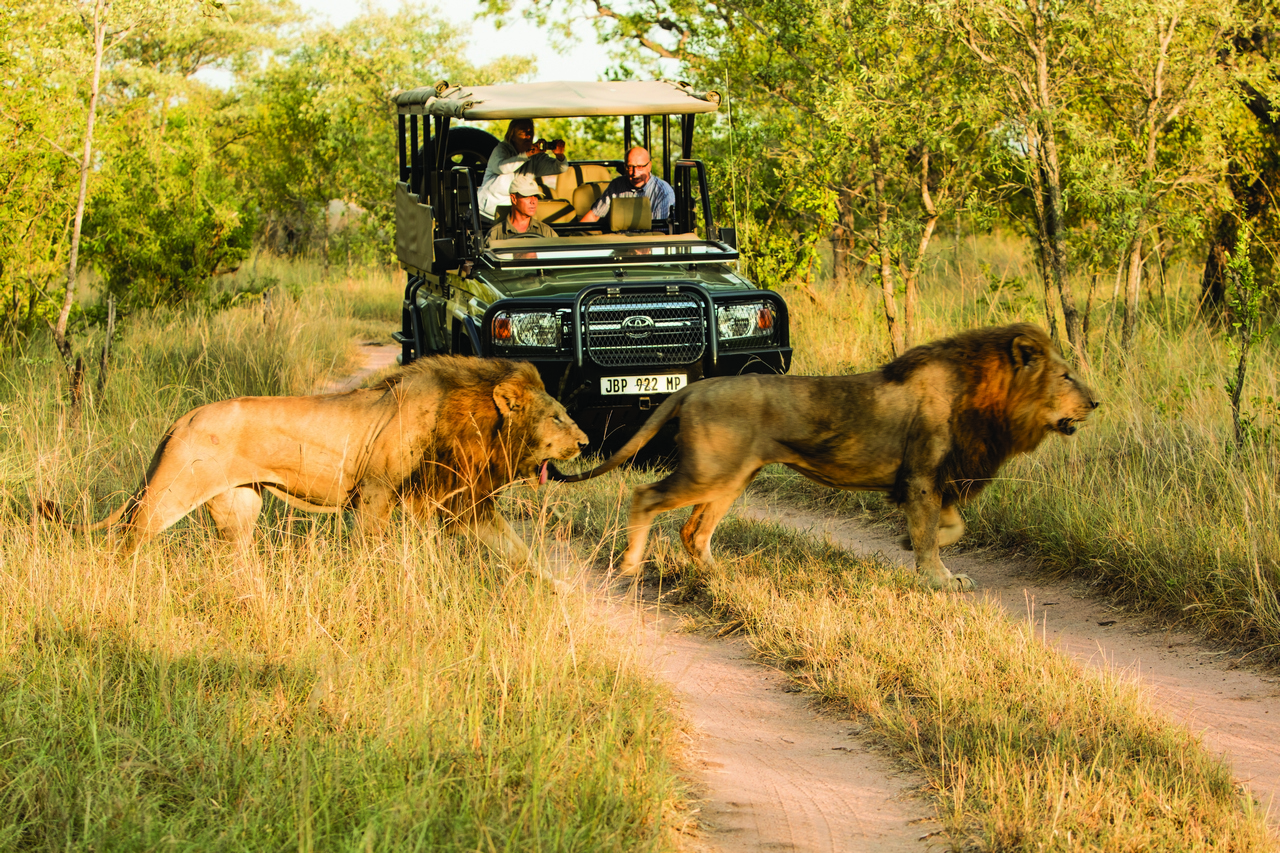
Photo Safaris
